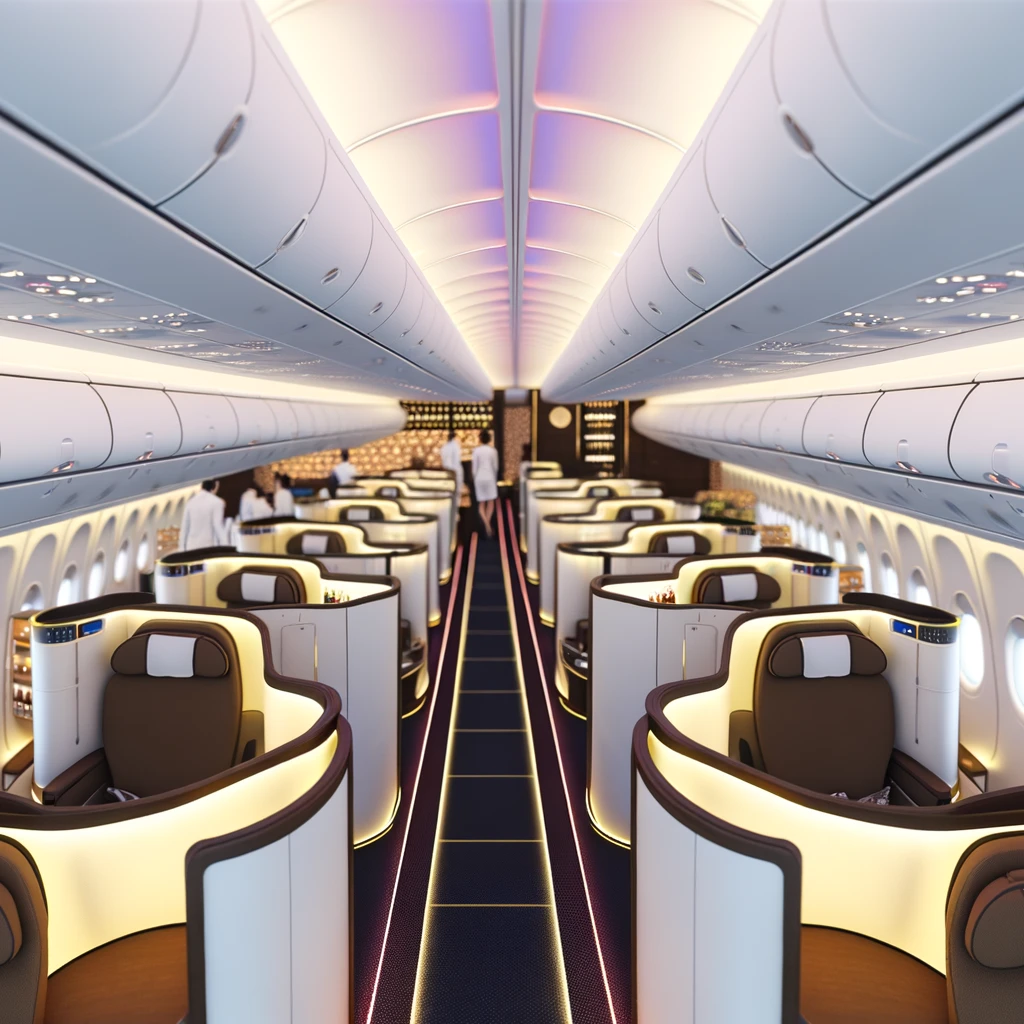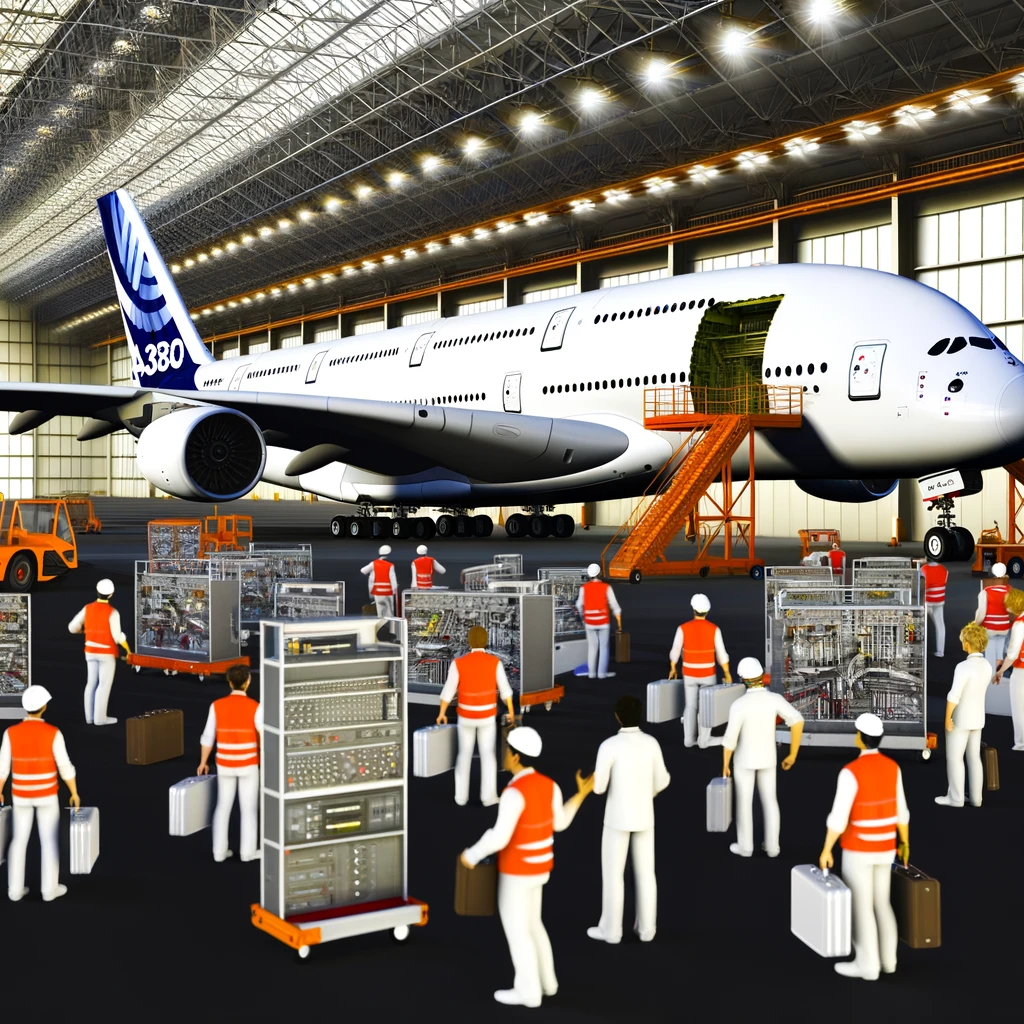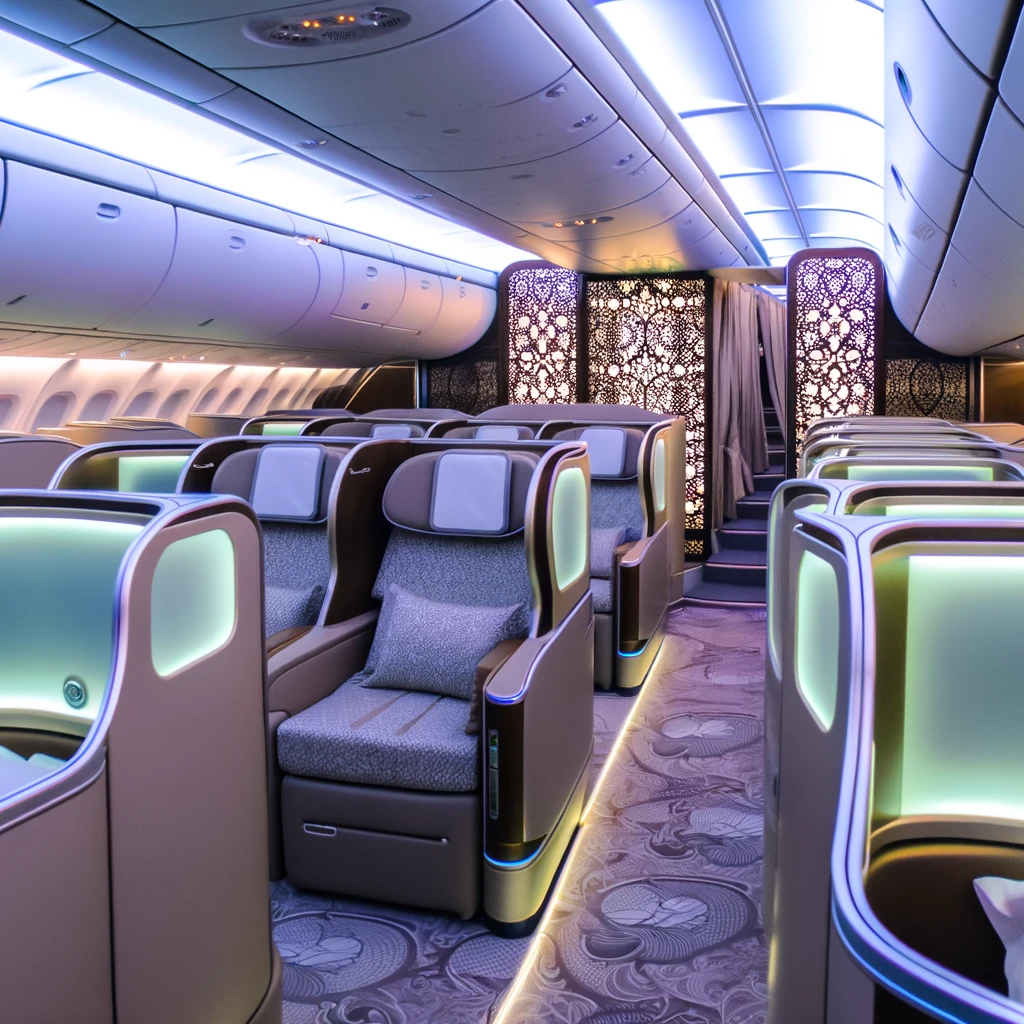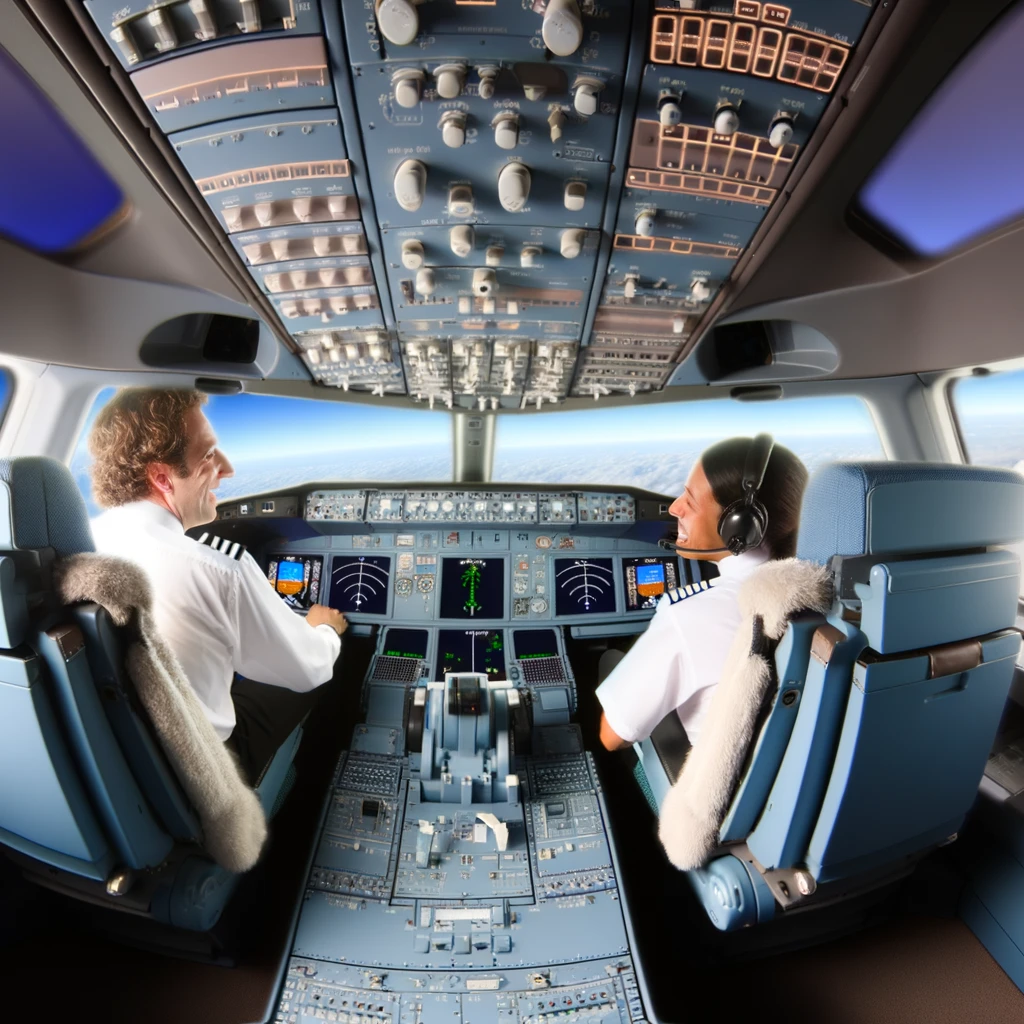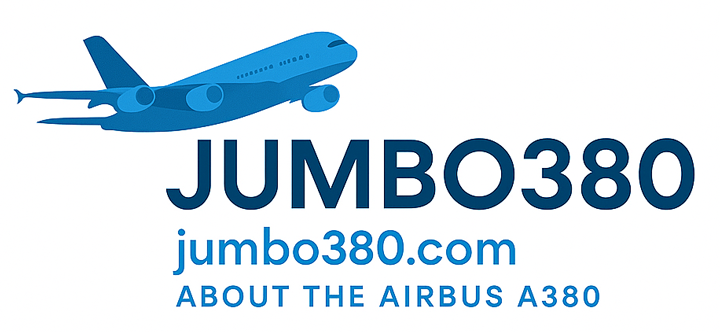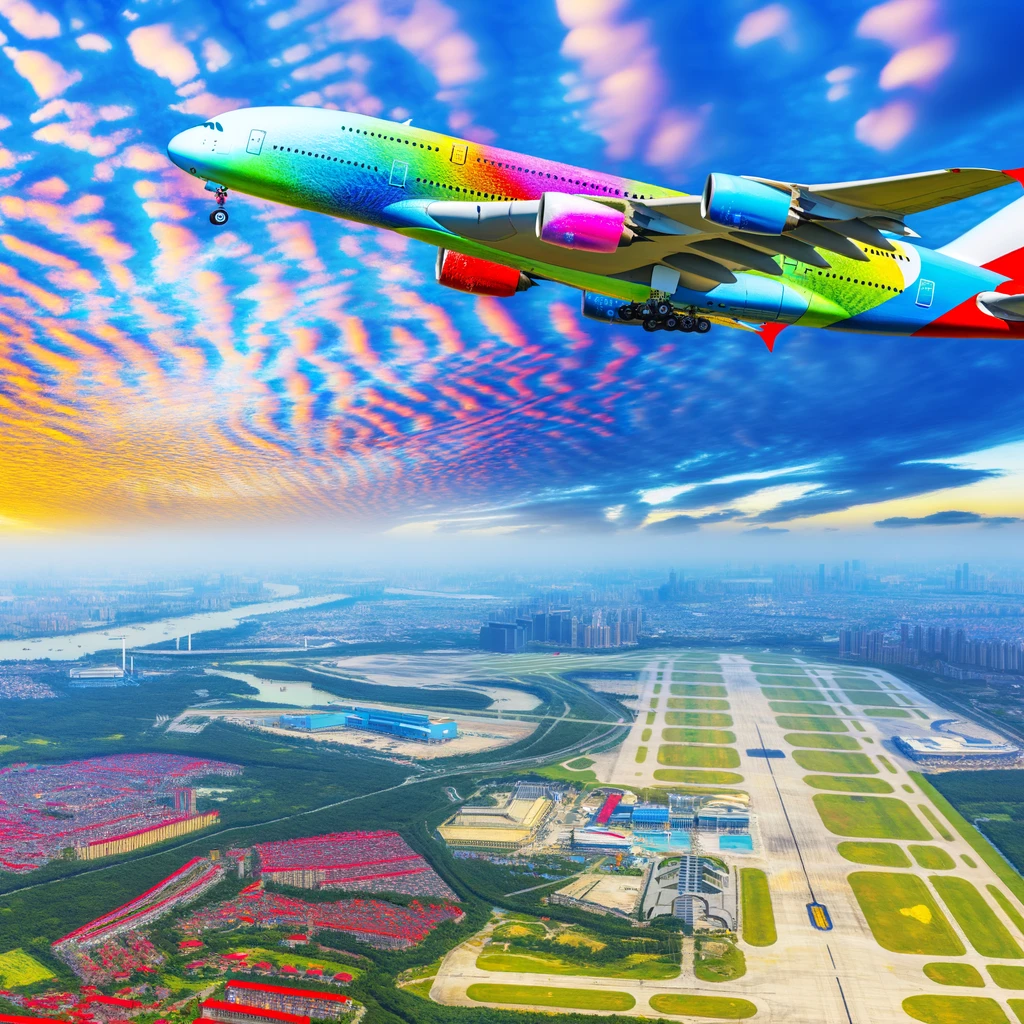
Introduction
The Airbus A380, known for being the world's largest passenger airliner, has been a game-changer in international air travel. Since its introduction, it has reshaped the way airlines operate on long-haul routes, offering unprecedented comfort and efficiency. In this article, we explore the expansive route network of the Airbus A380, highlighting its major hubs and popular destinations.
The Rise of the Airbus A380
Launched in 2007, the Airbus A380 quickly became an icon of modern aviation. Its introduction marked a new era in air travel, with airlines eager to showcase its luxurious features and vast seating capacity. The aircraft's double-deck design allows it to carry more passengers than any other commercial airliner, making it ideal for high-density routes.
Key Features
- Capacity: The A380 can accommodate up to 850 passengers in an all-economy class configuration or 525 in a three-class setup.
- Range: Capable of flying up to 8,000 nautical miles, it connects distant cities non-stop.
- Comfort: Offers state-of-the-art amenities and spacious cabins for an enhanced passenger experience.
Global Route Network
The A380's route network spans the globe, connecting major international hubs and popular tourist destinations. Its ability to handle high passenger volumes makes it ideal for routes with high demand and limited slot availability.
Major Hubs
Several airlines have adopted the A380 as a flagship aircraft, using it to strengthen their presence at key global hubs:
- Dubai International Airport (DXB): As Emirates' primary hub, DXB sees a significant number of A380 flights, connecting the Middle East with Europe, Asia, and the Americas.
- Singapore Changi Airport (SIN): Singapore Airlines utilizes the A380 for long-haul routes to Europe and North America, exemplifying the aircraft's versatility.
- London Heathrow (LHR): British Airways operates several A380 flights from Heathrow, connecting the UK with major cities worldwide.
Popular Destinations
The A380 serves a variety of routes, making it a popular choice for both business travelers and tourists. Some of the top destinations include:
- New York City (JFK): Known for its iconic skyline and bustling atmosphere, New York is a major destination for A380 flights from Europe and the Middle East.
- Sydney (SYD): Australia's largest city is a key destination for A380 flights, particularly from Asia and the Middle East.
- Paris Charles de Gaulle (CDG): The A380 connects Paris with major global cities, attracting tourists to its world-famous landmarks.
Challenges and Future Prospects
Despite its success, the A380 faces challenges in today's aviation landscape. Economic factors, such as fluctuating fuel prices and changing passenger demands, have influenced airlines' fleet strategies. Additionally, the aircraft's size can be a limitation at airports with restricted gate availability.
However, the A380's unique features continue to appeal to airlines and passengers alike. As the aviation industry evolves, it remains to be seen how the A380 will adapt to new market demands and environmental considerations.
Conclusion
The Airbus A380 has left an indelible mark on the aviation industry, offering a unique combination of capacity, range, and comfort. Its route network continues to connect major global cities, facilitating international travel and commerce. As airlines navigate a changing landscape, the A380's legacy as a revolutionary aircraft endures.
Related Articles
